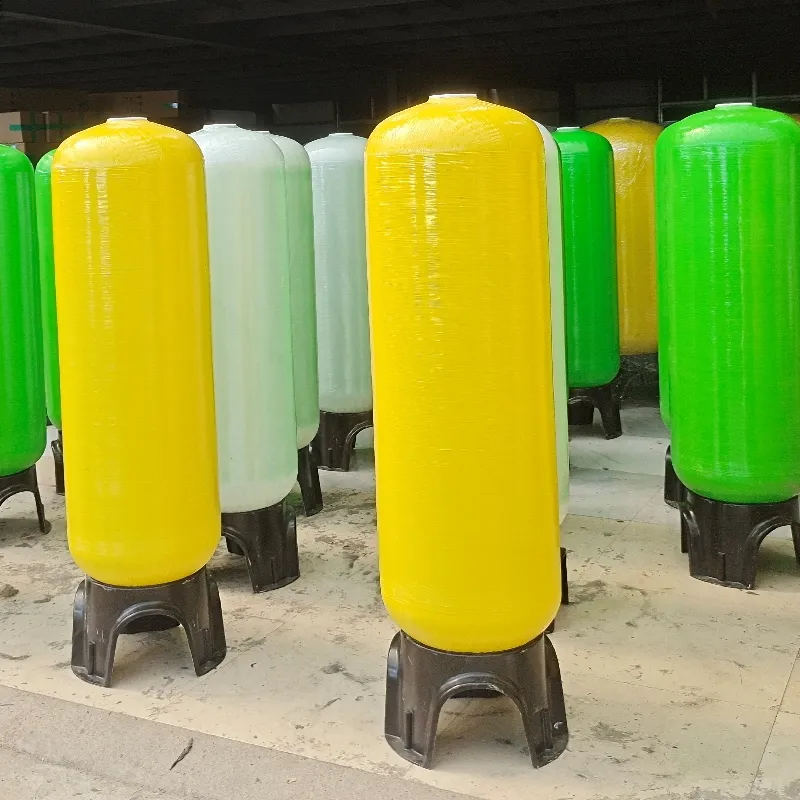loading...
- No. 9, Xingyuan South Street, Dongwaihuan Road, Zaoqiang County, Hengshui, Hebei, China
- admin@zjcomposites.com
- +86 15097380338
- Welcome to visit our website!
Innovative Applications of Molded Fiberglass Reinforced Plastics in Modern Manufacturing
The Rise of Molded FRP Revolutionizing Industries
Composite materials have become a significant part of modern manufacturing and engineering, with molded fiberglass reinforced polymer (FRP) emerging as one of the most versatile options available. Molded FRP is known for its strength, durability, and lightweight nature, making it a preferred choice across various industries, including aerospace, automotive, construction, and marine applications. This article aims to explore the properties, advantages, and applications of molded FRP while highlighting its transformative impact on modern manufacturing processes.
Understanding Molded FRP
Molded FRP is a composite material that consists of a polymer matrix reinforced with fiberglass. The manufacturing process typically involves combining glass fibers with resin, which is then molded into specific shapes and cured to form a solid structure. This method allows for the creation of complex geometries that are often impossible to achieve with traditional materials like metals or plastics alone.
One of the most notable characteristics of molded FRP is its exceptional strength-to-weight ratio. It is significantly lighter than metals while providing comparable strength and rigidity. This attribute not only enhances performance in various applications but also contributes to energy efficiency, which is particularly critical in transportation sectors such as aerospace and automotive industries.
Advantages of Molded FRP
1. Corrosion Resistance Molded FRP exhibits high resistance to corrosion, making it ideal for use in harsh environments, including chemical plants, wastewater treatment facilities, and marine applications. This resistance extends the lifespan of components and reduces maintenance costs.
2. Design Flexibility The molding process allows for intricate designs and custom shapes, which can lead to greater aesthetic possibilities and optimized performance. Manufacturers can create tailored solutions to meet specific project requirements without the limitations typically found in traditional materials.
3. Thermal Insulation Molded FRP retains good thermal insulation properties, making it suitable for applications where temperature regulation is essential, such as in electrical enclosures or piping systems.
molded frp

4. Lightweight The reduced weight of molded FRP components leads to lower fuel consumption in transportation and easier handling during installation, which can significantly reduce overall project costs.
5. Cost-Effectiveness Although the initial investment in molded FRP technology can be higher than traditional materials, the long-term savings associated with durability, reduced maintenance, and energy efficiency often justify the expense.
Applications of Molded FRP
Molded FRP is utilized across multiple sectors, demonstrating its versatility and effectiveness. In the aerospace industry, it is used in aircraft components, where weight savings can lead to improved fuel efficiency and payload capacity. In automotive applications, molded FRP is increasingly used in body panels, dashboards, and structural components to enhance performance and reduce weight.
The construction industry also benefits greatly from molded FRP, particularly in producing wall panels, roofing systems, and architectural elements that require both strength and aesthetics. Moreover, its corrosion resistance makes molded FRP a popular choice for water storage tanks and piping systems in chemical and wastewater treatment facilities.
Marine applications have long utilized molded FRP in the manufacturing of boats, yachts, and other vessels. Its ability to withstand harsh marine conditions while remaining lightweight and strong makes it the material of choice for many seafaring crafts.
Conclusion
Molded fiberglass reinforced polymer is undoubtedly shaping the future of manufacturing across various industries. Its unique combination of strength, durability, design flexibility, and resistance to corrosion stands out among competing materials. As more industries explore the potential of molded FRP, we can expect to see further innovations that harness its benefits, driving efficiency and performance in ways that were once thought impossible. The continued development and refinement of molded FRP technologies are not just revolutionizing how products are made but are fundamentally reshaping the landscape of modern engineering and design.
-
The Rise of FRP Profiles: Strong, Lightweight, and Built to LastNewsJul.14,2025
-
SMC Panel Tanks: A Modern Water Storage Solution for All EnvironmentsNewsJul.14,2025
-
GRP Grating: A Modern Solution for Safe and Durable Access SystemsNewsJul.14,2025
-
Galvanized Steel Water Tanks: Durable, Reliable, and Ready for UseNewsJul.14,2025
-
FRP Mini Mesh Grating: The Safer, Smarter Flooring SolutionNewsJul.14,2025
-
Exploring FRP Vessels: Durable Solutions for Modern Fluid HandlingNewsJul.14,2025
-
GRP Structures: The Future of Lightweight, High-Performance EngineeringNewsJun.20,2025
